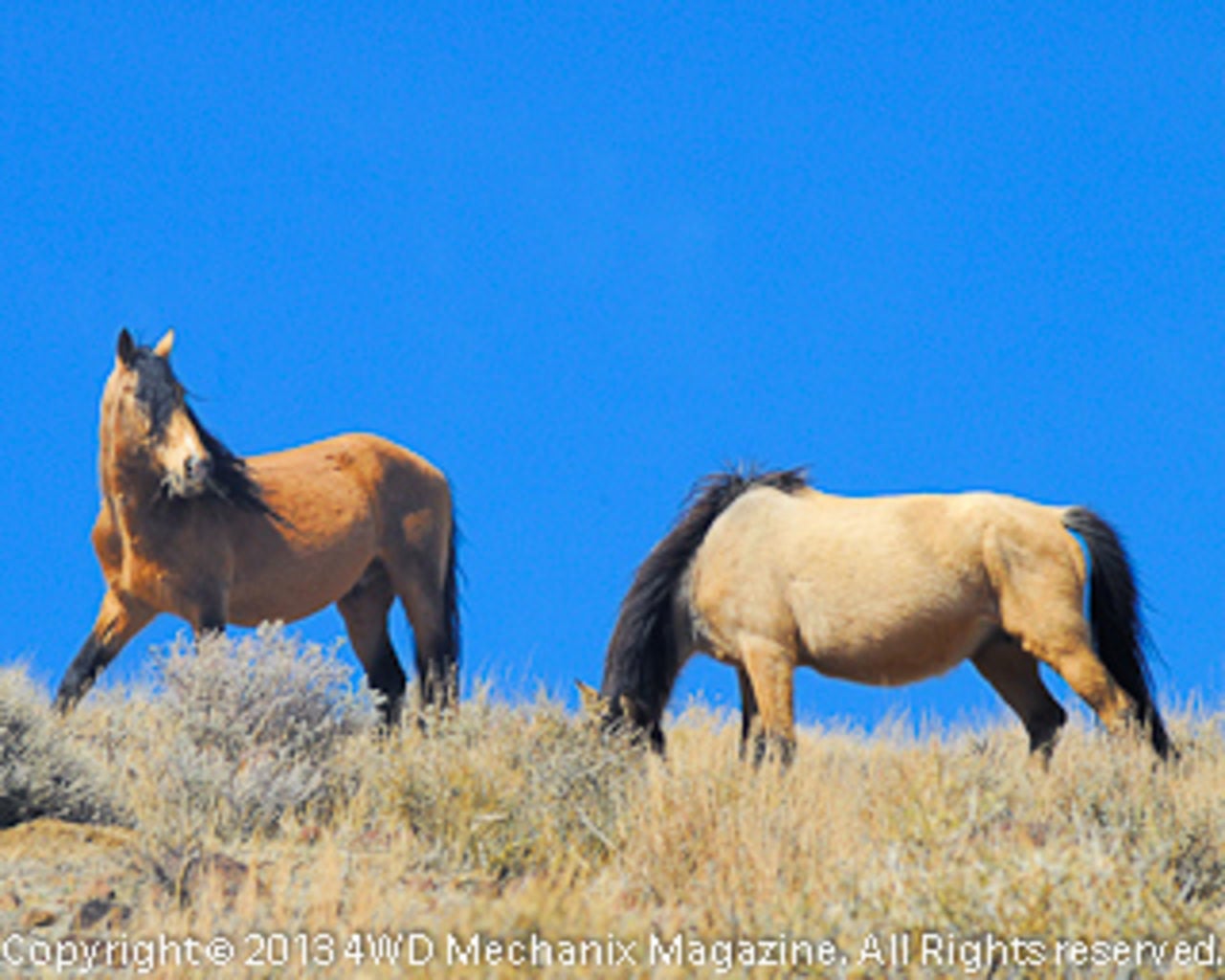In this HD video vlog, Moses Ludel shares an early-March trip into the mountain range southeast of Fernley, Nevada. He films, photographs and talks about wild horses from two small bands. At these elevations in the high desert winter, temperatures drop to the teens overnight, winds blow over the ridgetops at 80-plus mph…See why four generations of the Ludel family value four-wheeling and Nature—making the outdoors and rural Nevada home!
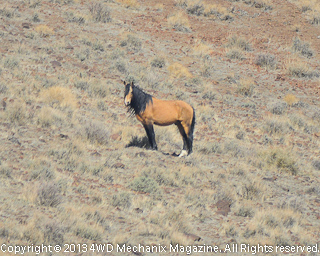
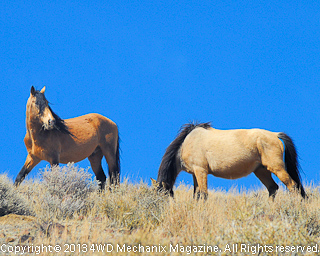
Stallions take their role seriously. The herd’s well-being, feed and safety are a 24/7 duty. The role is hard won and represents strength, stamina and intelligence. For these horses to survive in the high desert extremes, generations must share wisdom. Horses, native to North American, became extinct until the reintroduction by the Spanish. The short and stocky Spanish horses were true Mustangs, and some found their way to the wilds. These local and Great Basin wild horses are largely from domestic stock, some from many generations past, some released as recently as the “Great Recession”—by owners no longer able to feed and support their domestic, pet horses.


Age ranges from the mature and regal stallion (left) to last spring and fall’s offspring. This is a tough environment. Tonight, the weather forecast is 20-degrees F ambient with winds gusting to 80 mph over the snow-covered ridges at 7,000 feet elevation. This requires hearty animals, well-fed and led by a constant and vigilant leader. New foals will arrive shortly with the spring, and this stallion knows his job! Essentially a flight animal, the horse faces predators like mountain lions. To survive, horses and burros must also avoid the perils of modern civilization—including motor vehicle traffic on the local highways and the wanton, illegal acts of malicious human beings.

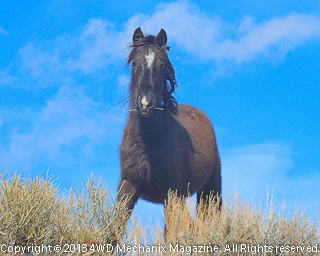
Scarring is common among these horses. Ranking is from standing ground, and horses kick and bite by instinct. This younger horse will someday earn status. For now, the goal is prime health and maintaining a winter coat until late spring or early summer. Then, northern Nevada’s cold weather vanishes and heat will exceed 100-degrees F in this high desert country. The mean elevation at Nevada is 5,500 feet, and this means temperature extremes throughout the Great Basin desert.
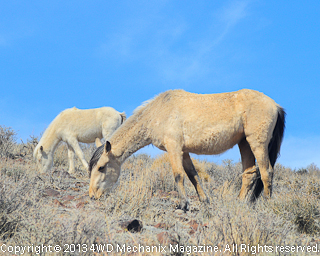

Competing for food with domestic livestock, these animals are often unpopular with ranching interests. Controversy also arises from occasional and catastrophic vehicle collisions with horses on northern Nevada’s secondary roads and highways. This tenuous existence has led to the B.L.M.-managed Horse Adoption program and other solutions for protecting and finding quality homes for those horses suitable for domestication.

